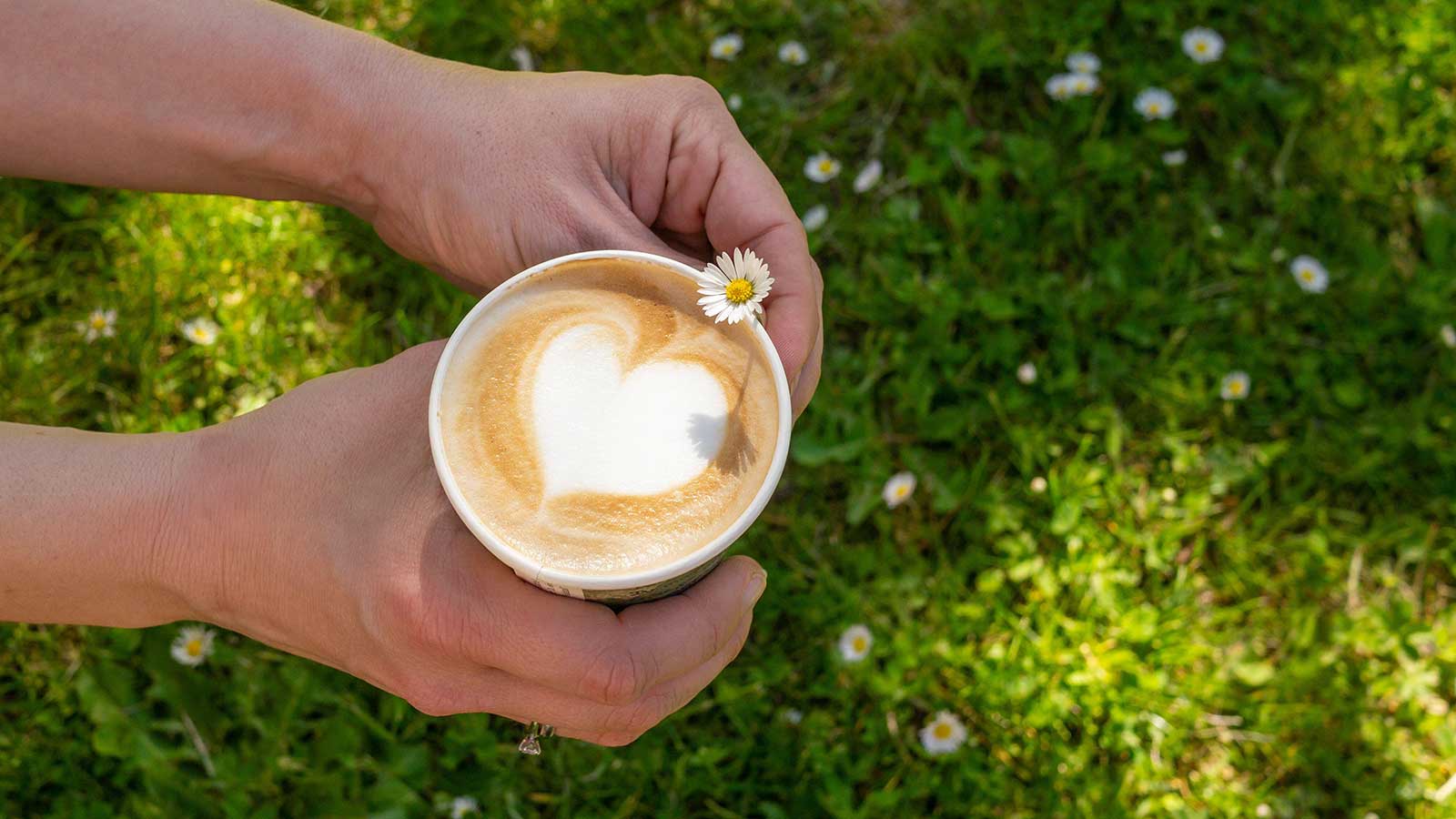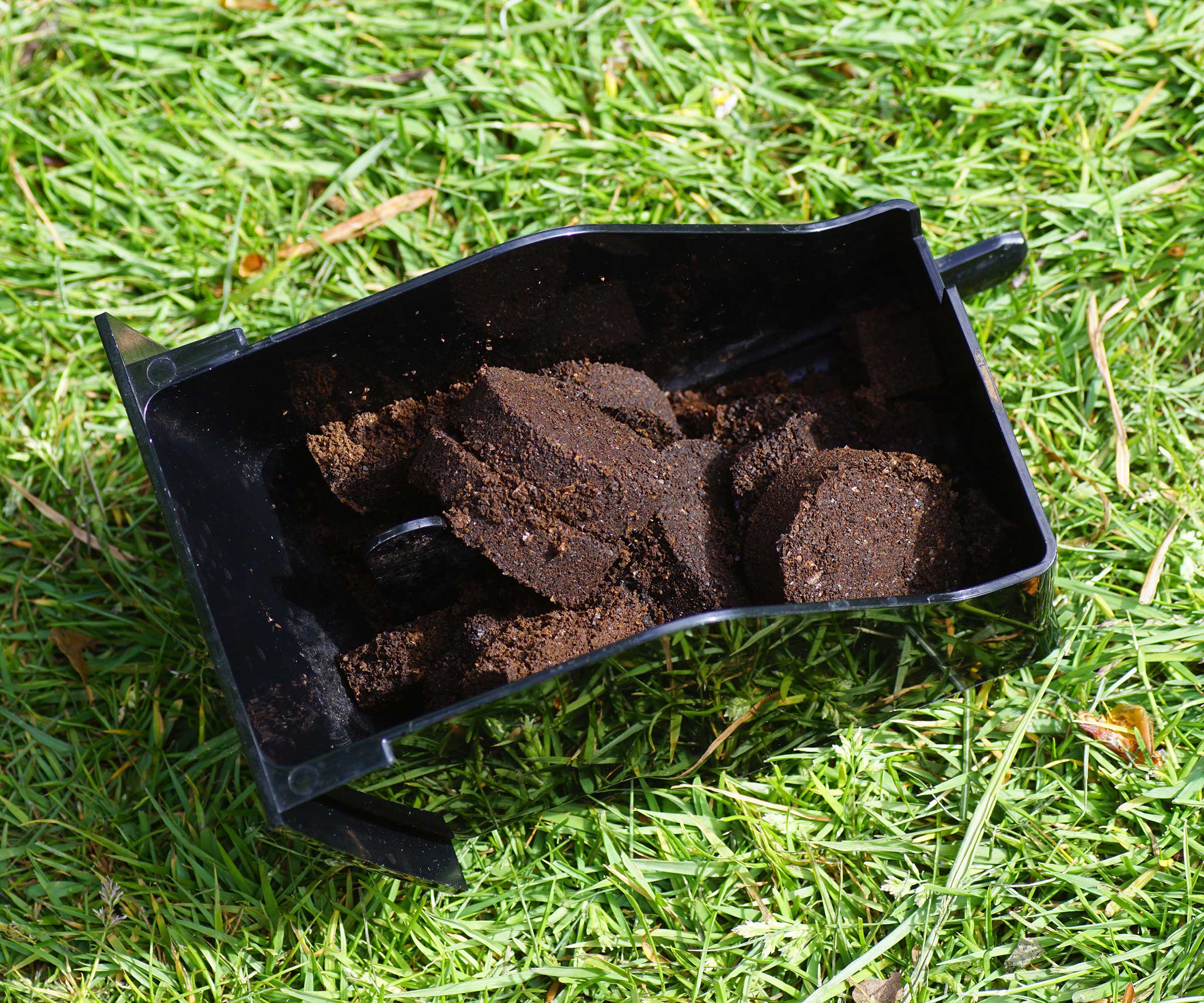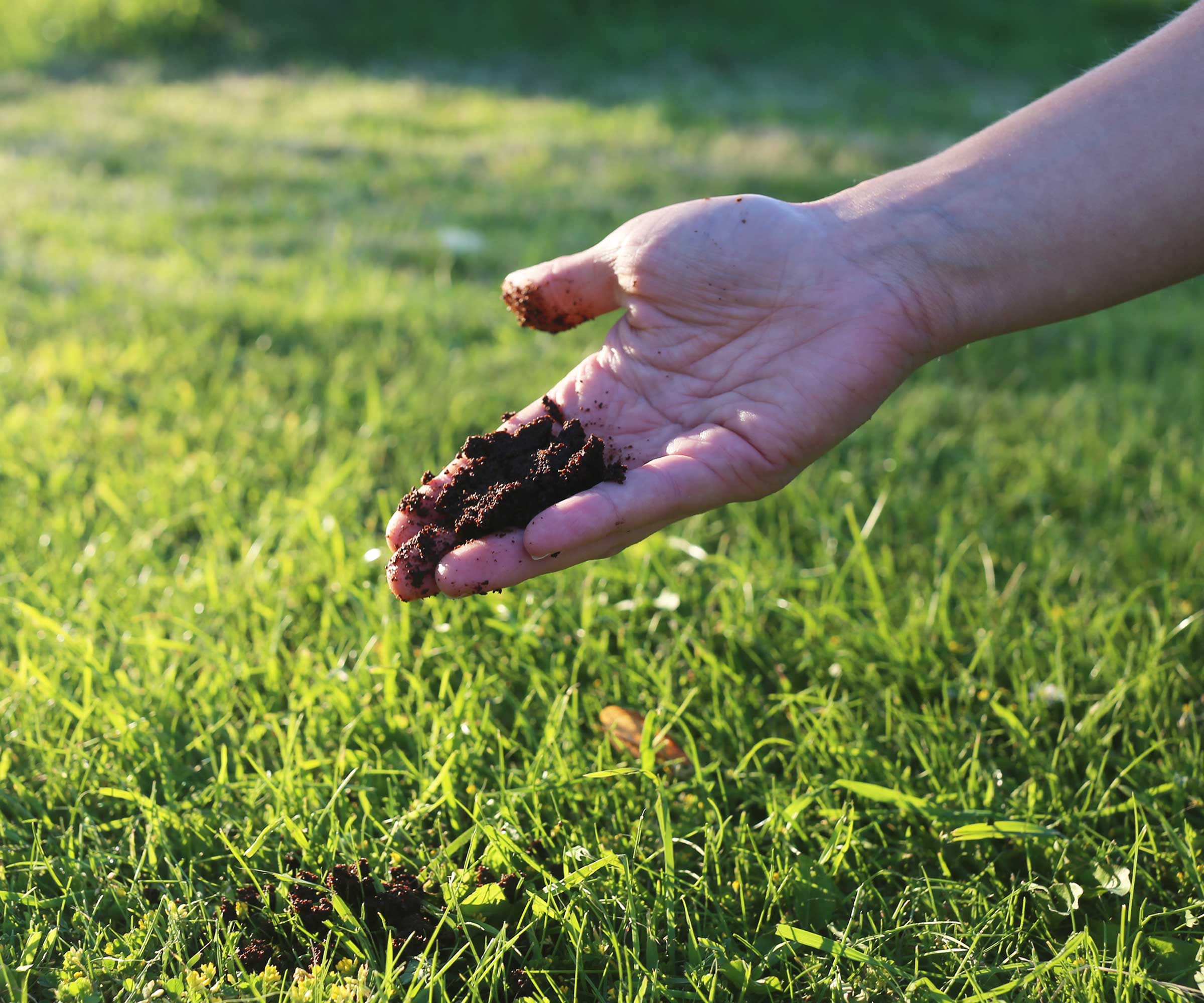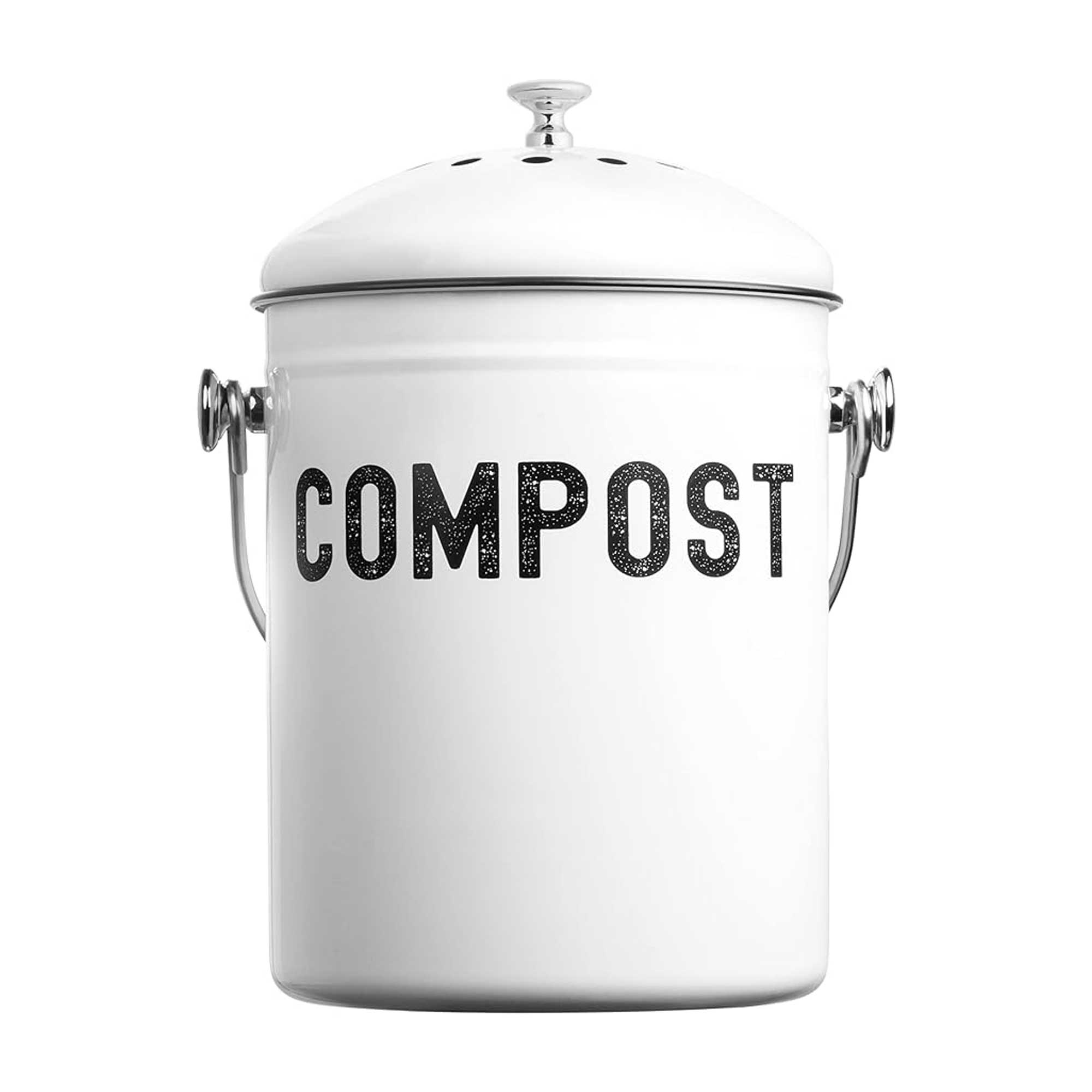Are coffee grounds good for grass? Lawn-care pros discuss
The experts weigh in on this low-cost gardening idea, and explain how to try it at home


Q: I recently heard that coffee grounds can be used as a natural fertilizer for lawns. Could the remnants from my morning brew really benefit my backyard, or is this gardening hack too good to be true?
A: If you're looking for sustainable gardening ideas, using coffee grounds to feed your grass sounds tempting. After all, coffee is said to be good for plants, and finding a use for them is much better than throwing them in the trash.
But, when it comes to making our lawns more luscious, are the leftovers from our lattes really beneficial? According to the experts, they can be. Below, they share their insights and explain how to go about this lawn care task.
Are coffee grounds good for grass?

Coffee grounds can give plants a boost in nutrients
Lawn expert Matthew Koch of Scotts Miracle-Gro confirms that coffee grounds can be beneficial for lawns. This is because they are rich in nitrogen, he explains, which is essential for plant growth.
'They also contain other important nutrients like potassium and phosphorus, which can improve the overall health of the grass,' Matthew continues. Plus, he highlights how they act as a food source for microorganisms, which in turn help break down organic matter and make nutrients more available to the grass.
Chrissie Handley of Online Turf agrees that using coffee grounds can benefit lawns. However, she warns that they should not be used constantly. 'As with any fertilizer, using too much can harm rather than help the plant – it can unbalance your soil pH levels and provide an unstable base for your lawn to thrive in.'
She also notes how using coffee grounds in conjunction with other lawn fertilizers may be needed to get the best results.
Design expertise in your inbox – from inspiring decorating ideas and beautiful celebrity homes to practical gardening advice and shopping round-ups.

Born and raised in New Jersey, Dr. Matthew Koch joined Scotts Miracle-Gro in 2012 after finishing his PhD work in plant genetics and breeding at Rutgers University. He began as a scientist in the Biotechnology program and has held a number of leadership roles since. He is currently the director of biotechnology, genetics, and seed, where he oversees the R&D activities of these teams.

Chrissie Handley is a lawn-care specialist working for Online Turf, with extensive expertise in turf-laying, grass maintenance, and seasonal gardening advice.
How to use coffee grounds on grass

Used in moderation, coffee grounds can help your lawn thrive
Chrissie suggests saving your coffee grounds in a jar, letting them cool, and then using them sparingly when needed. When it comes to applying them, you can sprinkle them thinly over your lawn then rake them in, Matthew says. 'It's best to do this when the lawn is dry so the grounds can be spread more evenly,' he says.
Alternatively, you can add them to your compost heap first. This ensures the grounds are well-decomposed and combined with other organic materials, providing balanced nutrients, Matthew points out.
Jeremy Yamaguchi of Lawn Love also recommends this approach, and advises using the compost on your lawn after aeration and before overseeding for the best results. This will help the seeds settle in the soil, germinate, and grow their roots deeper, he says.

Jeremy Yamaguchi is the CEO of Lawn Love, helping homeowners find quality, reliable lawn care. Specializing in technology and using industry experience, Jeremy intends to revolutionize the lawn care industry.
FAQs
When is the best time to apply coffee grounds to a lawn?
Matthew recommends using coffee grounds as a spring lawn care job. This is a period of active growth for most grasses, he explains, and the addition of nutrients from coffee grounds can help support this.
Where can you get used coffee grounds from?
The size of your lawn may mean you need to bulk up your stash of spent grounds – even if you're an avid coffee drinker like me! It's worth asking local restaurants and cafes for their leftovers: often, they can be taken away for free.
Don't forget, there are other steps to getting a thick and green lawn, including repairing bare patches and weeding without killing the grass. Our practical guides are full of helpful tips.

Holly started writing about gardening five years ago, and she is a regular contributor to Homes & Gardens. She has also written many gardening features for Woman & Home and Real Homes, too. She has previous experience as a professional gardener, where she helped to plant and maintain private gardens. Holly has also looked after allotment plots over the years and loves to grow her own flowers and veggies from seed. In her spare time, she enjoys visiting local gardens, botanical drawing, and tending to her ever-growing collection of houseplants.
